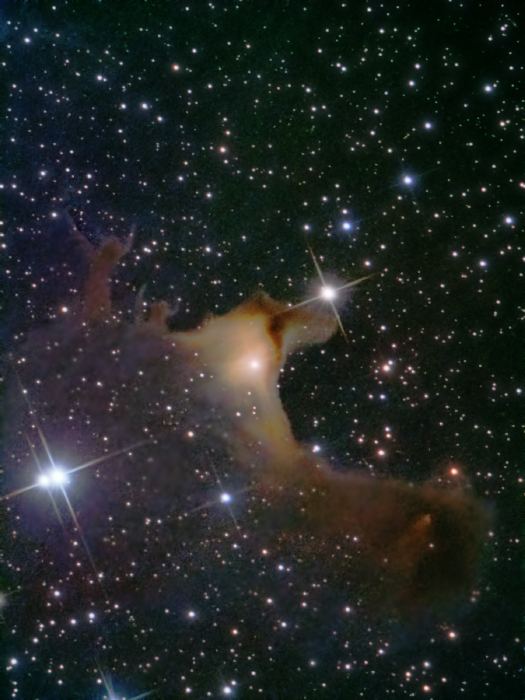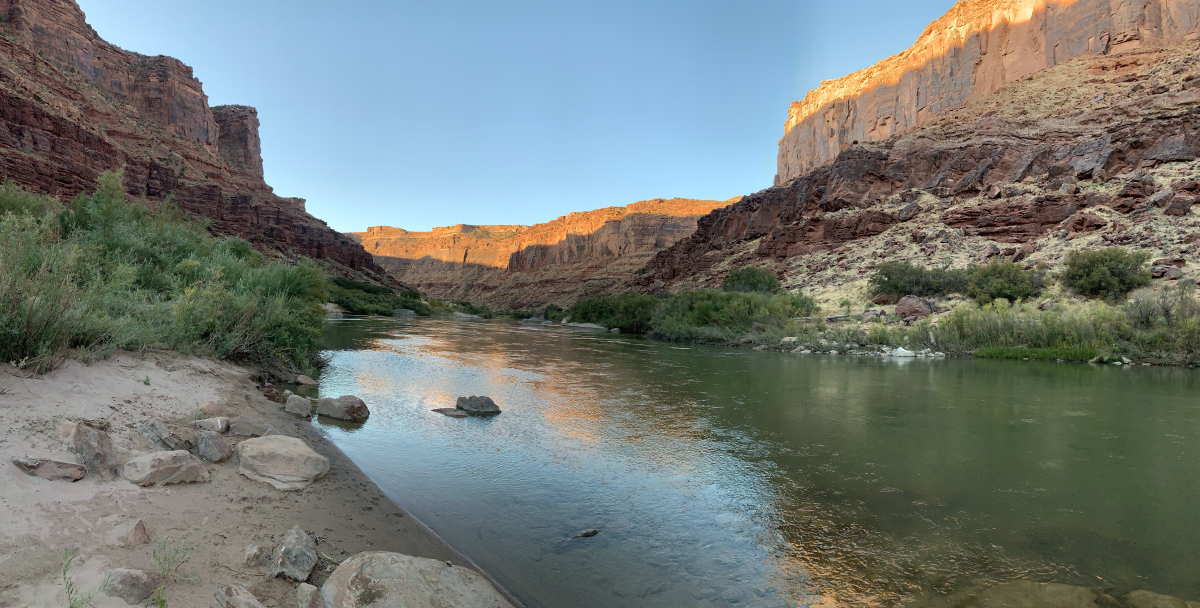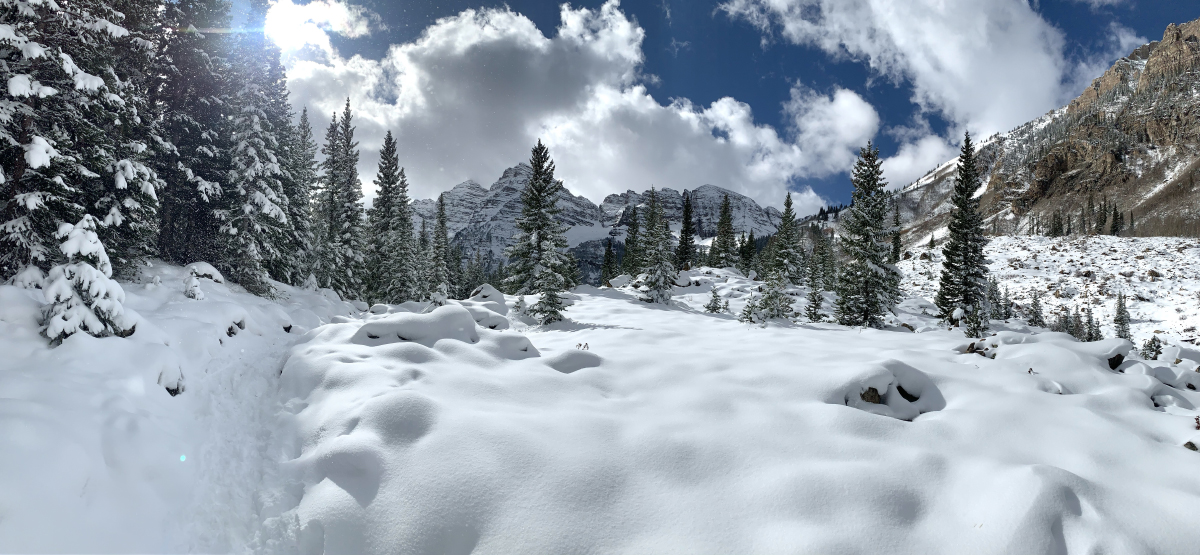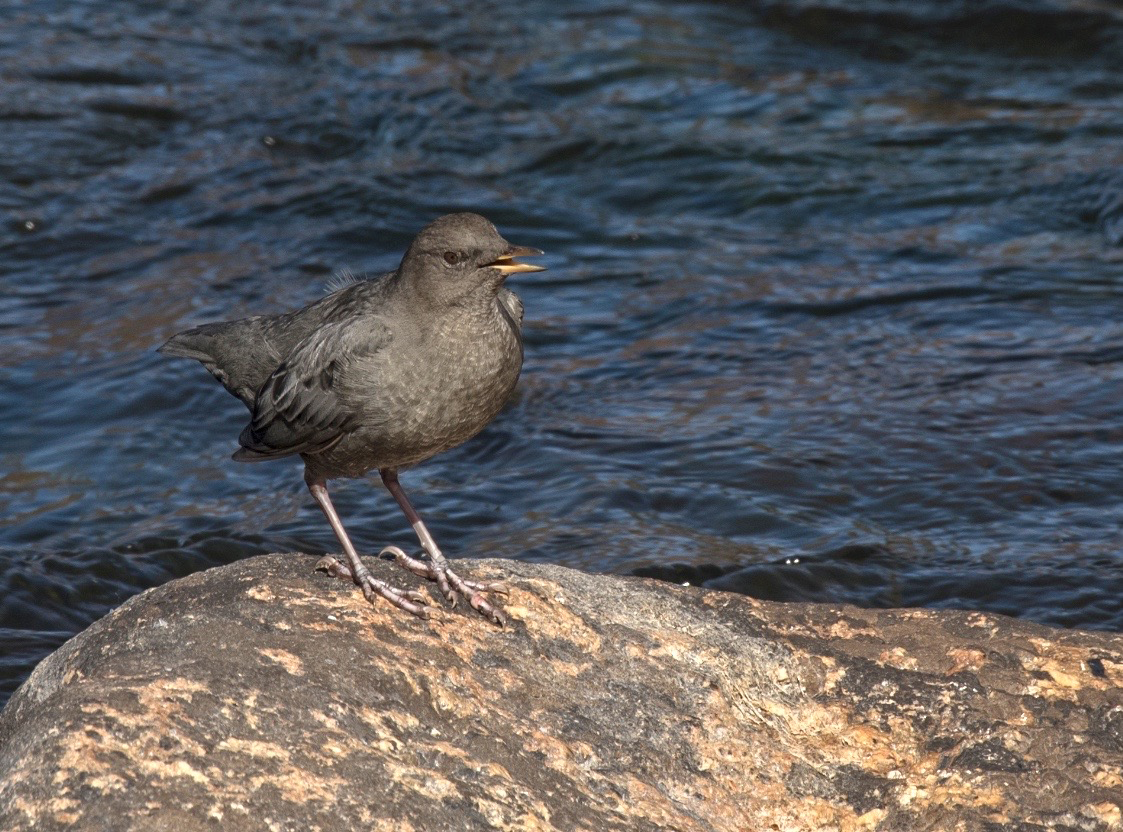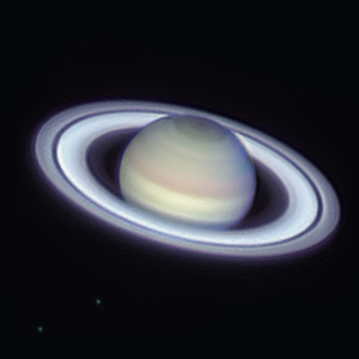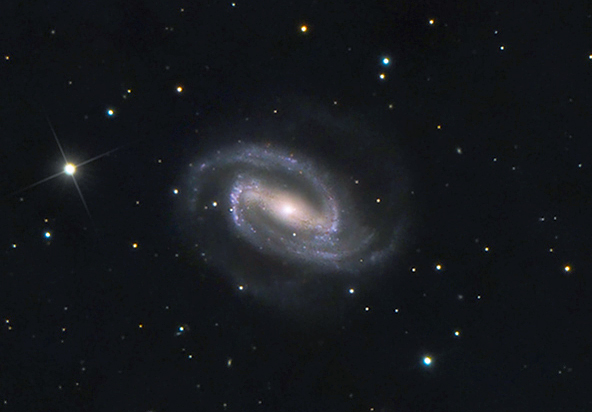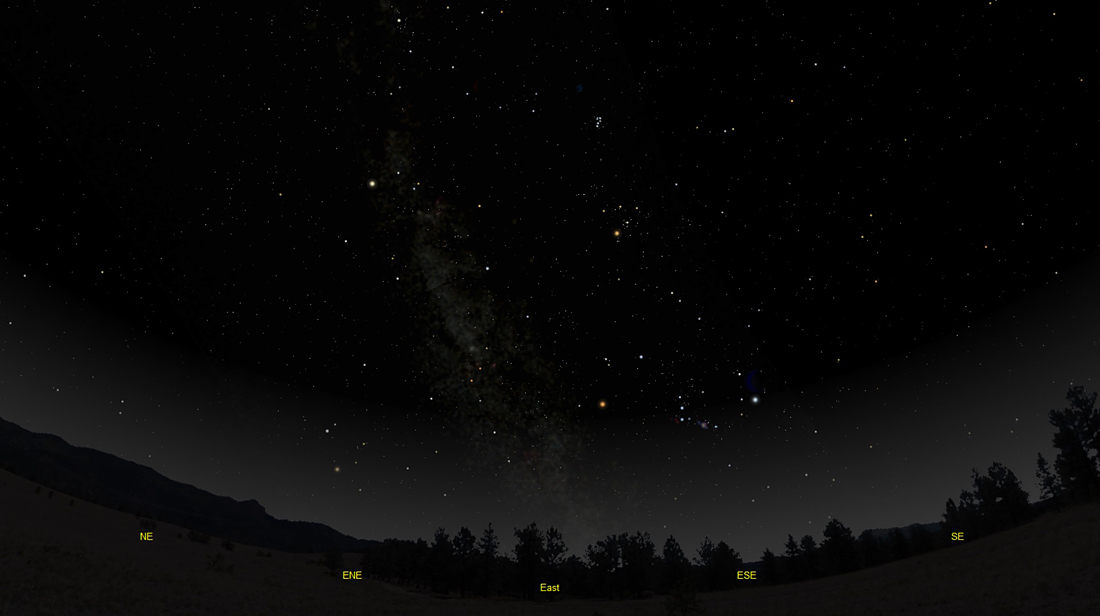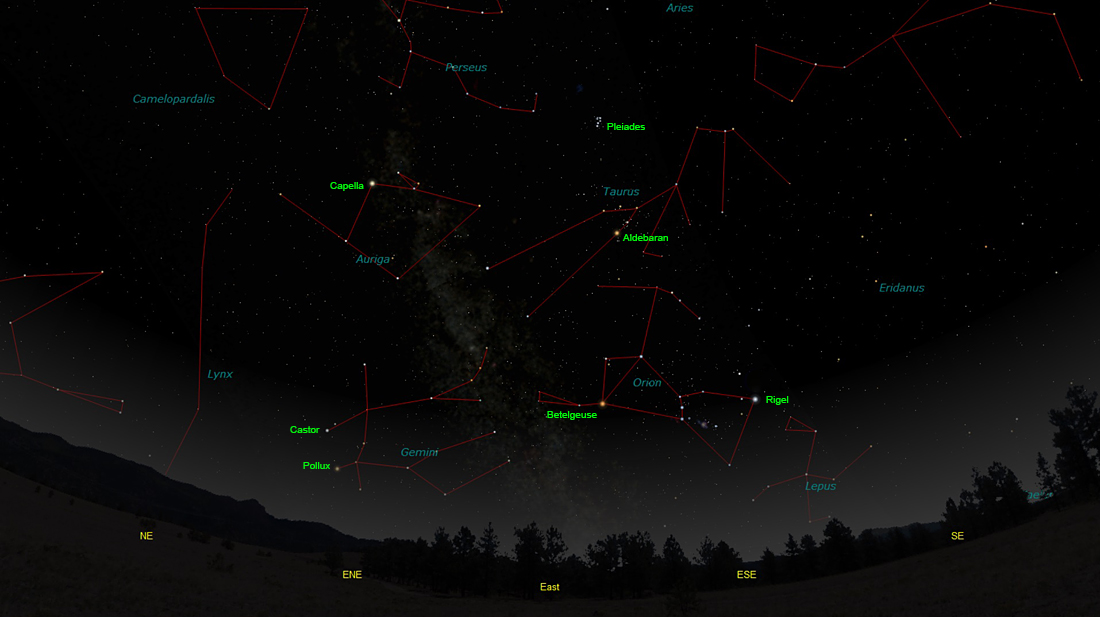The purpose of this feature is to give scout leaders, educators and naturalists an idea of some of the natural events coming up each month. We will try to cover a variety of natural events ranging from sky events to calling periods of amphibians, bird and mammal watching tips, prominent wildflowers and anything else that comes to mind. We will also note prominent constellations appearing over the eastern horizon at mid-evening each month for our area for those who would like to learn the constellations. If you have suggestions for other types of natural information you would like to see added to this calendar, let us know! Note: You can click on the hyperlinks to learn more about some of the featured items. To return to the Calendar, hit the "back" button on your browser, NOT the "back" button on the web page. All charts are available in a "printer friendly" mode, with black stars on a white background. Left clicking on each chart will take you to a printable black and white image. Though we link book references to nationwide sources, we encourage you to support your local book store whenever possible.
Notes From October 2019
It certainly doesn't look like a king-sized house, and it definitely needs some repairs. The walls are beginning to tilt and the floor is falling in. A good "fixer upper." It seems that the king may have fallen on hard times lately. I like to think that the real stellar castle lies far beyond the little ramshackle house. Judging from astronomical images, the castle appears to be a very dusty place. The object designated Sharpless Sh2-136 is a collection of dust and gas located along one wall of the "house." Its nickname is "The Ghost Nebula," and in view of Halloween coming up I thought it would be a fun first image for my newly relocated observatory. The Sharpless catalog was compiled by astronomer Stewart Sharpless in 1959. It contains 312 objects, most of which are emission nebulae. To me Sh2-136 looks like a giant bat flying through the halls of King Cepheus's castle. It's wings span two light-years across. I imagine those great wings scattering stars and stardust as it flies through its celestial realm. And then there are those two riders on the left wing! To those I've showed the image, the opinion is equally divided as to whether they appear angelic or not so angelic. I confess when I first saw the image it reminded me of an old Twilight Zone episode, "Terror at 20,000 Feet." William Shatner, a passenger on an airplane on a stormy night, comes unglued after seeing gremlins tearing off pieces of the wing. I'm not sure what this says about my state of mind. Sharpless Sh2-136 is about 1,200 light years distant.
The third week in October I took a trip out west with my cousin to visit two quite different habitats. We first visited Arches National Park and Canyonlands National Park in Utah. Here we spent a lot of time exploring the high desert. The weather was beautiful, and we had some spectacular "primitive" hikes. The night skies were spectacular, and I saw my first Kit Fox, an appealing little fox with a black-tipped tail and large ears. After several days of exploring, we headed for higher elevations in the Rocky Mountains. The drive up to the Maroon Bells-Snowmass Wilderness only took about three hours, but what a change! The scene below was taken early on the morning of October 24th along the Colorado River near Moab, Utah. Three hours later we were 200 miles farther east, 5,000 feet higher in elevation, and quite a bit colder.
The image above shows the trail to Crater Lake in the Maroon Bells-Snowmass Wilderness. The elevation is 10,175 feet here, and a snowfall the night before left 8-10 inches of fresh snow. Later that day we crossed the continental divide at Independence Pass (12,095 feet msl), and saw White-tailed Ptarmigans near the top!
On our last day before heading home we explored the vicinity of Grand Lake, near the western entrance to the Rocky Mountain National Park. Along a rushing mountain stream there I found this juvenile American Dipper. I had seen a Dipper only once before, and I was happy to reacquaint myself with this exuberant denizen of mountain streams. It was fun to watch it dive again and again into the whitewater, searching for insect larvae. It rarely seemed to stay in any location very long, so I felt lucky to get a few images, and to be able to just quietly observe this amazing bird. American Dippers seem supremely well adapted to their habitat, often walking along the bottom of a stream to forage. Another name for the American Dipper is the Water Ouzel. In his book "The Mountains of California" (1894), John Muir wrote of the Water Ouzel:
Muir devoted an entire chapter to the Water Ouzel, and if you want a really wonderful read, you can find that chapter here, courtesy of the Sierra Club.
Sky Events for November 2019: A Transit of Mercury occurs on November 11th. For Eastern Standard time, the transit begins at 7:35am. Never attempt to view the Sun with without proper filters in place! Permanent eye damage, including blindness, may result if you do not do this. Mid-transit occurs at 10:19am and the transit ends at 1:04pm. The Leonid Meteor Shower peaks on the morning of the 17th. A bright waning gibbous Moon will tend to diminish the shower this year.
Morning Sky: Look for Mars low in the southeastern sky at dawn. It should become more visible after the first week of the month. The red planet is in Virgo this month and is near the bright star Spica. Evening Sky: You can still get good telescopic views of Jupiter and Saturn this month but you'll want to observe them as early in the evening as possible. That is when they are highest in the sky. After sunset, facing southwest, Jupiter will be the first star like object that becomes visible after brilliant Venus appears low in the west. You can easily see the four Galilean moons of Jupiter in binoculars if you brace them against something steady. All four moons are not always visible since they are sometimes eclipsed by the planet or close enough to be lost in the glare of Jupiter. Once you spot Jupiter, look to its left. In a few minutes Saturn will be the next star like object you'll see. Saturn will not be as bright as Jupiter, or appear as white. In binoculars you won't be able to see the rings and globe as separate parts, but you'll see the noticeably elliptical shape of the rings. The apparent diameter of the outside of Saturn's rings is about equal to the apparent diameter of Jupiter's globe. As an extra treat, if your night skies are relatively free from light pollution, you can see the Milky Way in between Jupiter and Saturn as the sky becomes fully dark. Saturn is dazzling in just about any size telescope, a tiny gem. This is a terrific time to see the rings at almost the maximum angle possible. Look for the dark Cassini's Division in the rings. Venus is visible low in the western sky at dusk as the month begins. As the month goes on it will climb higher in the sky each evening.
The views below show the sky looking east at 10:00pm EST on November 22nd. The first view shows the sky with the constellations outlined and names depicted. Star and planet names are in green. Constellation names are in blue. The second view shows the same scene without labels. Auriga , the Charioteer, with its bright star Capella, is prominent in the northeast. Look for the bright stars Castor and Pollux as the constellation Gemini, The Twins, clears the horizon. In the southeast, mighty Orion clears the horizon with its bright stars Betelgeuse and Rigel. Note the difference in color between the two stars. Betelgeuse is a red giant and looks orange. Rigel is a very hot supergiant and looks bluish. Looking at the center of the three "sword" stars with binoculars, you can see M42, the Orion Nebula. Just poking its head above the horizon is Lepus, The Hare.On Learning the Constellations: We advise learning a few constellations each month, and then following them through the seasons. Once you associate a particular constellation coming over the eastern horizon at a certain time of year, you may start thinking about it like an old friend, looking forward to its arrival each season. The stars in the evening scene above, for instance, will always be in the same place relative to the horizon at the same time and date each November. Of course, the planets do move slowly through the constellations, but with practice you will learn to identify them from their appearance. In particular, learn the brightest stars for they will guide you to the fainter stars. Once you can locate the more prominent constellations, you can "branch out" to other constellations around them. It may take you a little while to get a sense of scale, to translate what you see on the computer screen or what you see on the page of a book to what you see in the sky. Look for patterns, like the stars that make up Orion. The Earth's rotation causes the constellations to appear to move across the sky just as the Sun and the Moon appear to do. If you go outside earlier than the time shown on the charts, the constellations will be closer to the eastern horizon. If you observe later, they will have climbed higher. As each season progresses, the Earth's motion around the Sun causes the constellations to appear a little farther towards the west each night for any given time of night. The westward motion of the constellations is equivalent to two hours per month. Recommended: Sky & Telescope's Pocket Star Atlas is beautiful, compact star atlas. A good book to learn the constellations is Patterns in the Sky, by Hewitt-White. You may also want to check out at H. A. Rey's classic, The Stars, A New Way to See Them. For sky watching tips, an inexpensive good guide is Secrets of Stargazing, by Becky Ramotowski.
A good general reference book on astronomy is the Peterson
Field Guide,
A Field Guide to the Stars and Planets, by Pasachoff. The book retails for around $14.00.
The Virtual Moon Atlas is a terrific way to learn the surface features of the Moon. And it's free software. You can download the Virtual Moon Atlas here. Apps: We really love the Sky Safari 6 Pro. It is available for both iOS and Android operating systems. There are three versions. The Pro is simply the best astronomy app we've ever seen. The description of the Pro version reads, "includes over 100 million stars, 3 million galaxies down to 18th magnitude, and 750,000 solar system objects; including every comet and asteroid ever discovered." A nother great app is the Photographer's Ephemeris. Great for finding sunrise, moonrise, sunset and moonset times and the precise place on the horizon that the event will occur. Invaluable not only for planning photographs, but also nice to plan an outing to watch the full moon rise. Available for both androids and iOS operating systems.
Amphibians:
Recommended: The Frogs and Toads of North America, Lang Elliott, Houghton Mifflin Co. Archives (Remember to use the back button on your browser, NOT the back button on the web page!) Natural Calendar September 2019 Natural Calendar February 2019 Natural Calendar December 2018 Natural Calendar November 2018 Natural Calendar February 2018 Natural Calendar December 2017 Natural Calendar November 2017 Natural Calendar October 2017Natural Calendar September 2017 Natural Calendar February 2017 Natural Calendar December 2016 Natural Calendar November 2016 Natural Calendar September 2016Natural Calendar February 2016 Natural Calendar December 2015 Natural Calendar November 2015 Natural Calendar September 2015 Natural Calendar November 2014 Natural Calendar September 2014 Natural Calendar September 2013 Natural Calendar December 2012 Natural Calendar November 2012 Natural Calendar September 2012 Natural Calendar February 2012 Natural Calendar December 2011 Natural Calendar November 2011 Natural Calendar September 2011 Natural Calendar December 2010 Natural Calendar November 2010 Natural Calendar September 2010 Natural Calendar February 2010 Natural Calendar December 2009 Natural Calendar November 2009 Natural Calendar September 2009 Natural Calendar February 2009 Natural Calendar December 2008 Natural Calendar November 2008 Natural Calendar September 2008 Natural Calendar February 2008 Natural Calendar December 2007 Natural Calendar November 2007 Natural Calendar September 2007 Natural Calendar February 2007 Natural Calendar December 2006 Natural Calendar November 2006 Natural Calendar September 2006 Natural Calendar February 2006
Natural Calendar December 2005
Natural Calendar November 2005
Natural Calendar September 2005
Natural Calendar February 2005
Natural Calendar December 2004
Natural Calendar November 2004
Natural Calendar September 2004
Natural Calendar February 2004
Natural Calendar December 2003
Natural Calendar November 2003 Natural Calendar February 2003 Natural Calendar December 2002 Natural Calendar November 2002 Nature Notes Archives: Nature Notes was a page we published in 2001 and 2002 containing our observations about everything from the northern lights display of November 2001 to frog and salamander egg masses. Night scenes prepared with The Sky Professional from Software Bisque All images and recordings © 2019 Leaps
|
|
